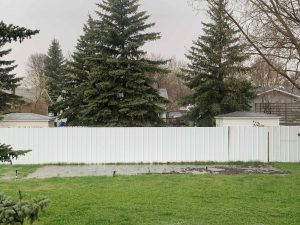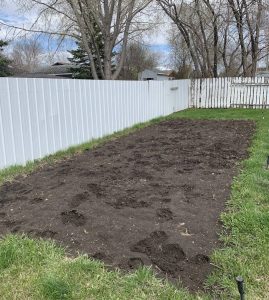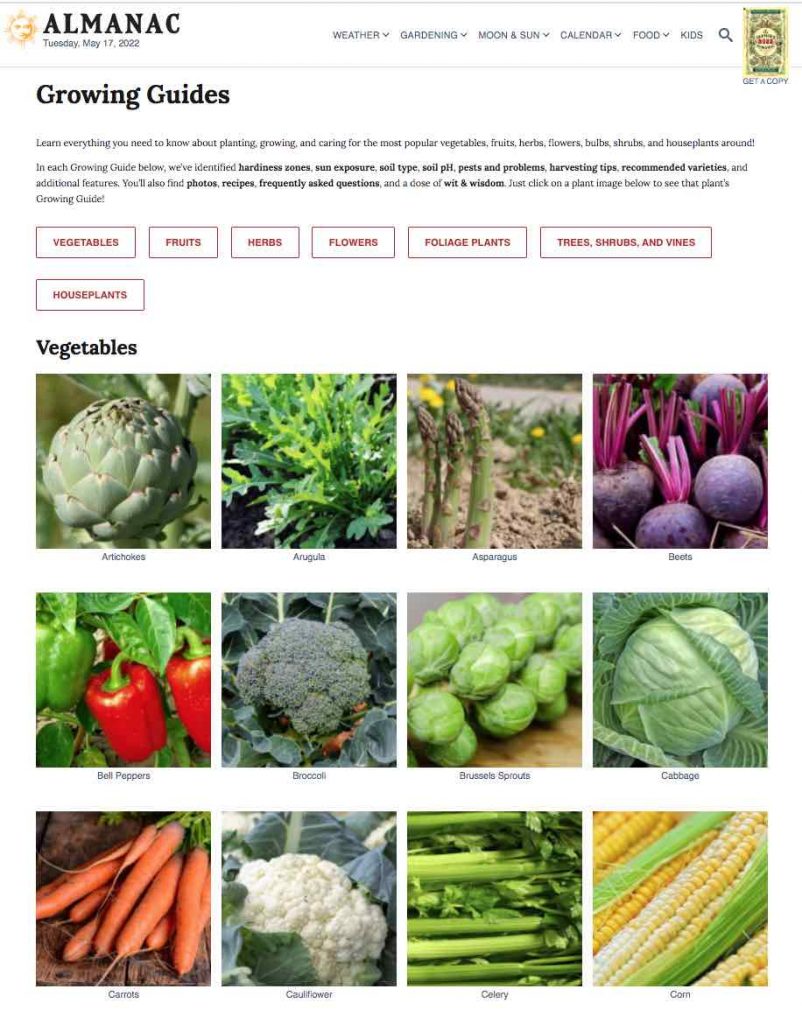
It is officially week two of the EDTC300 learning projects, and my journey learning how to garden! The weather has been quite wet recently, which is awesome, but at the same time has delayed me getting into my garden. With that however, I have been able to spend even more time growing my knowledge, researching, and learning!
This week I have been utilizing online resources to grow my knowledge. The Almanac website has definitely been the most helpful resource I have stumbled upon thus far. This website has an entire gardening section which outlines a planting calendar, frost dates, growing guides, pests & diseases, garden tips by month, and general gardening advice. All of the resources are quite thorough and provide information that is location and climate specific. This webpage even goes into depth on how to plant the seeds, the recommended varieties, how the plant grows, how to harvest, how to store the vegetable, and even how to cook the vegetables. I’ll break down some of the key things I have learned thus far:
- Location of the garden is important! Luckily my garden plot was already established in a spot that gets lots of sun and limited wind. With that said, the plot is quite large, so when it comes time to plant I likely will not utilize the whole space…. leaving room to grow! Maybe in future years I will brave planting the entire garden, but for my first planting season, I want to keep things manageable.
- The top 10 easiest vegetables to grow are: lettuce, green beans, radishes, tomatoes, zucchini, peppers, beets, carrots, spinach, and peas. Luckily, all of the seeds I have purchased are in this list!
- When it comes time to plant, it is important to leave paths every four feet or so that allow access to the plants to weed and harvest. This is definitely something I will be keeping in mind when it comes time to plant.
- Other things that I have been learning, but won’t get into the full details here, are how to prepare and improve soil quality for planting. I have already weeded and rototilled my garden which helps, but it is suggested to keep an eye on the soil pH, which directly impacts nutrition and soil fertility.

My goals moving forward are to officially get my garden planted! The soil is still quite damp and too wet to plant the seeds. And unfortunately, looking at the upcoming weather forecast, I don’t think I will get to planting this upcoming weekend. As soon as the soil is ready for planting though, I am planning on rototilling it once more to stir up the dirt and then top-dress it with compost or well-rotted manure and get to work!


I am also planning to get into this field of planting this summer. Your learning project will guide me to go with it as I have zero experience of doing it, but it’s always desirable when I hear people having their fresh vegetables.
Hey Meagan,
I am amazed at how positive and adaptable you are with the weather forecast delaying your initial planting. You really seized the opportunity to do more research and plan your next steps; I admire that!
I am just curious how do you plan on measuring the pH levels of the soil? or is that something you have to wait and see the pigmentation of your plant leaves to find out?
I can’t wait to continue to follow your journey!
Delaney
Such a great question Delaney! And one I just recently learned the answer to. There are kits available that you can buy to test the soil ph, however, there are also many tips and tricks that you can do that give you similar results. One way that you can test soil ph at home without having to purchase extra supplies is to use baking soda and vinegar.
– If you place 2 tablespoons of soil in a bowl and add ½ cup vinegar, and the mixture fizzes, you have alkaline soil.
– If you place 2 tablespoons of soil in a bowl and moisten it with distilled water, add ½ cup baking soda, and the mixture fizzes, you have acidic soil.
I am glad that you found another way to use your time for your learning project since the weather was not in your favour. I am excited to see how things turn out. good luck!
Hi Meagan,
I love your learning project idea, it is great for the environment and delicious all at the same time. It looks like you have found some great resources to get your project started. I read that you planted seeds indoors for peppers and tomatoes, have you thought about starting any other seeds indoors? I planted beans indoors and they grew really well.
Good luck on your project I can’t wait to see progress photos of your garden!
Amber